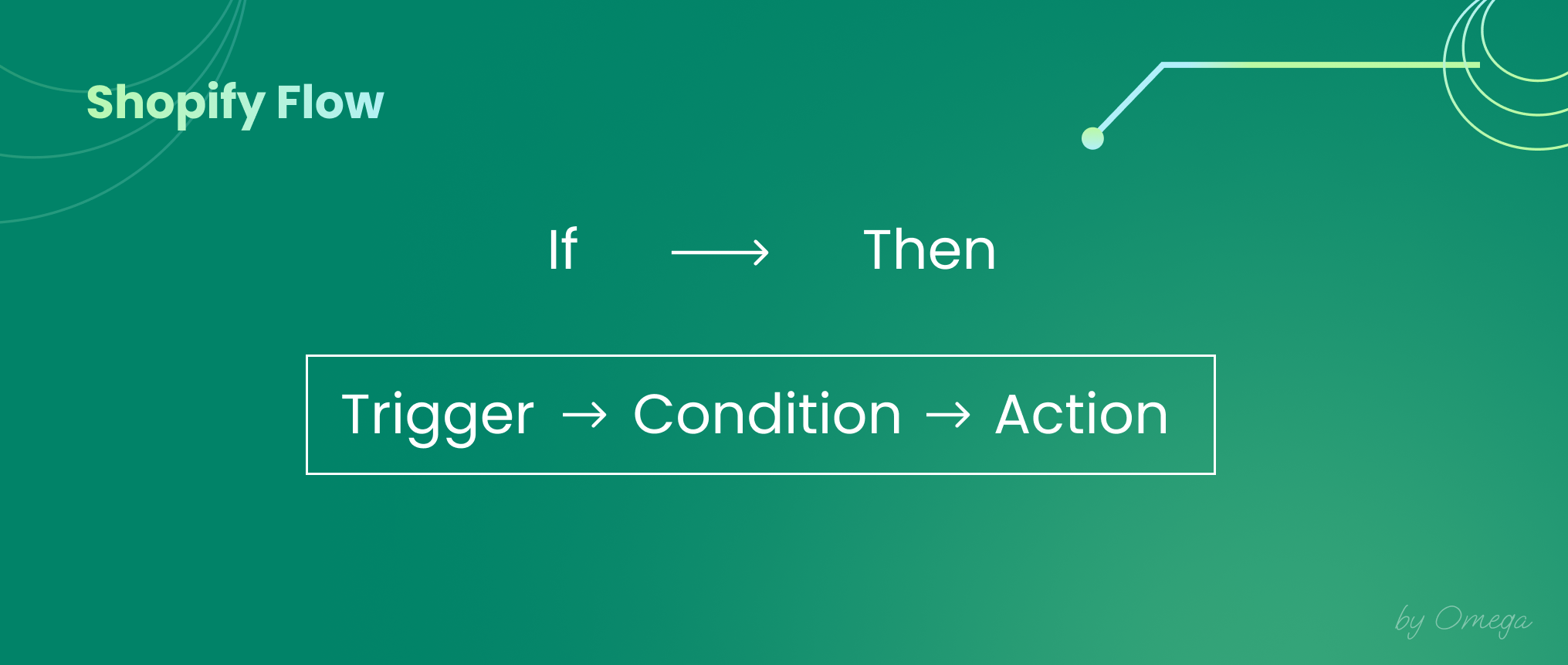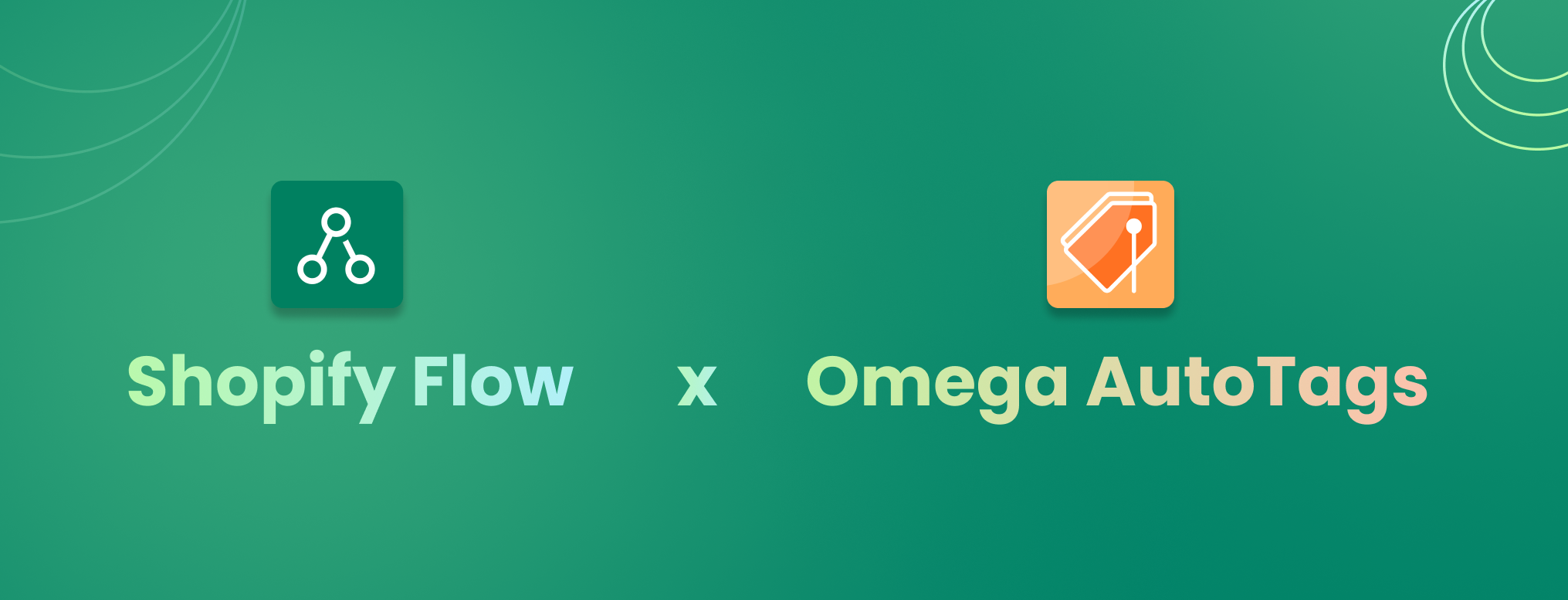As a busy eCommerce store owner, time is your most valuable asset. With so many tasks to juggle, it's easy to get bogged down in the day-to-day operations of your business.
That's where Shopify Flow comes in. This powerful automation tool can help you streamline your workflow, save time, and get back to what you love most about your business. From adding tags to orders and customers to managing inventory and more, it's like having a personal assistant at your fingertips.
P/s: The only thing it won't do is bring you coffee. We're still working on that feature.
What is Shopify Flow?
First, let's talk about why Shopify Flow is such a powerful automation tool. With Shopify Flow, you can create custom workflows that automate tasks based on certain events or triggers.
For example, you could create a workflow that automatically tags orders as "high priority" if they meet certain criteria or a workflow that sends an email to customers when their order status changes. The possibilities are endless, and the more you use Shopify Flow, the more you'll discover how it can benefit your business.
Why Shopify Flow?
- Save time and effort: Shopify Flow allows merchants to automate many routine and time-consuming tasks, such as tagging customers or creating orders. By automating these tasks, merchants can free up time to focus on other important areas of their business, such as marketing, product development, and customer service.
- Improve customer experience: Shopify Flow can be used to automate personalized and timely communications with customers, such as abandoned cart recovery emails or order confirmation messages. By providing a better customer experience, merchants can improve customer satisfaction and loyalty.
- Reduce errors: Automating routine tasks with Shopify Flow can help reduce errors and improve the accuracy of your store's data. For example, automatically tagging customers based on their purchase history can help ensure that they receive targeted marketing messages and promotions.
- Increase sales: By automating processes such as abandoned cart recovery, Shopify Flow can help merchants recover lost sales and generate more revenue. Additionally, by automating personalized communications, merchants can improve customer engagement and increase the likelihood of repeat purchases.
- Scalability: Shopify Flow is a scalable solution that can grow with your business. As your store's needs change, you can easily create new workflows or modify existing ones to adapt to new situations or processes.
How to use Shopify Flow for your Business?
Shopify Flow works by allowing you to create custom workflows that are triggered by specific events or conditions within your Shopify store. These workflows are made up of a series of "if-then" statements, known as "triggers" and "actions".

Here's an example of how Shopify Flow works:
Let's say you want to automatically send a follow-up email to customers who have abandoned their cart. First, you would create a trigger in Shopify Flow that detects when a customer abandons their cart. This trigger might be something like "When a customer abandons a cart with items in it."
Next, you would create an action that tells Shopify Flow what to do when that trigger is activated. In this case, the action would be to send an email to the customer reminding them of their abandoned items and providing a link back to their cart.
Once the trigger is activated, Shopify Flow will automatically execute the associated action, sending the follow-up email to the customer.

While Flow is a great tool, sometimes it can be challenging for some store owners to set up the workflows to tag and group orders/customers the way you want.
That's where AutoTags comes in. Our app is designed to help e-commerce store owners build any automation workflow to add to orders/customers and generate reports.
The Dynamic Duo of E-commerce Automation
So, why are Shopify Flow and AutoTags such a great combination? It all comes down to the fact that they complement each other perfectly.
With Shopify Flow, you can create custom workflows that automatically tag orders and customers based on certain events. And with AutoTags, you can add those tags, generate real-time reports and use them for various tasks. Together, they create a seamless, efficient automation system that can save you time and help you stay organized.
In conclusion, Shopify Flow and AutoTags are the dynamic duo of automation designed for eCommerce and for you. By combining the power of Shopify Flow's custom workflows with AutoTags tagging capabilities, you can create a seamless, efficient automation system that saves you time and helps you stay organized. Also, let's check some common challenges that eCommerce automation is able to address.. If you're not already using both of these tools, now is the time to start. Your e-commerce business will thank you.



